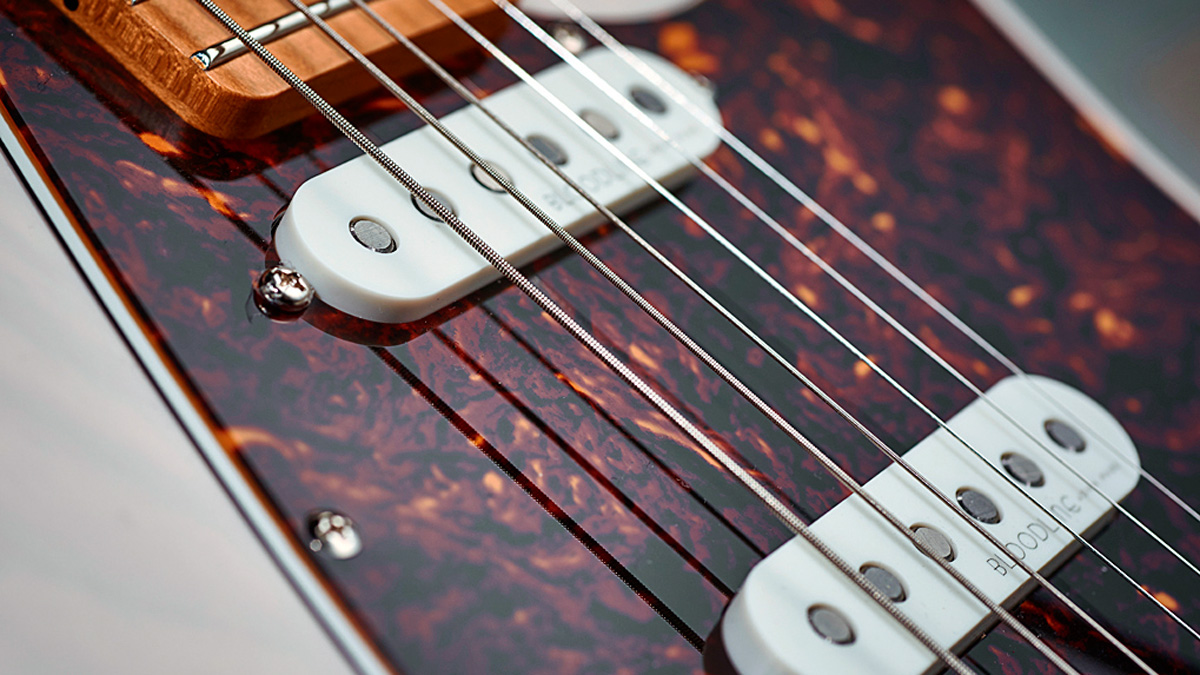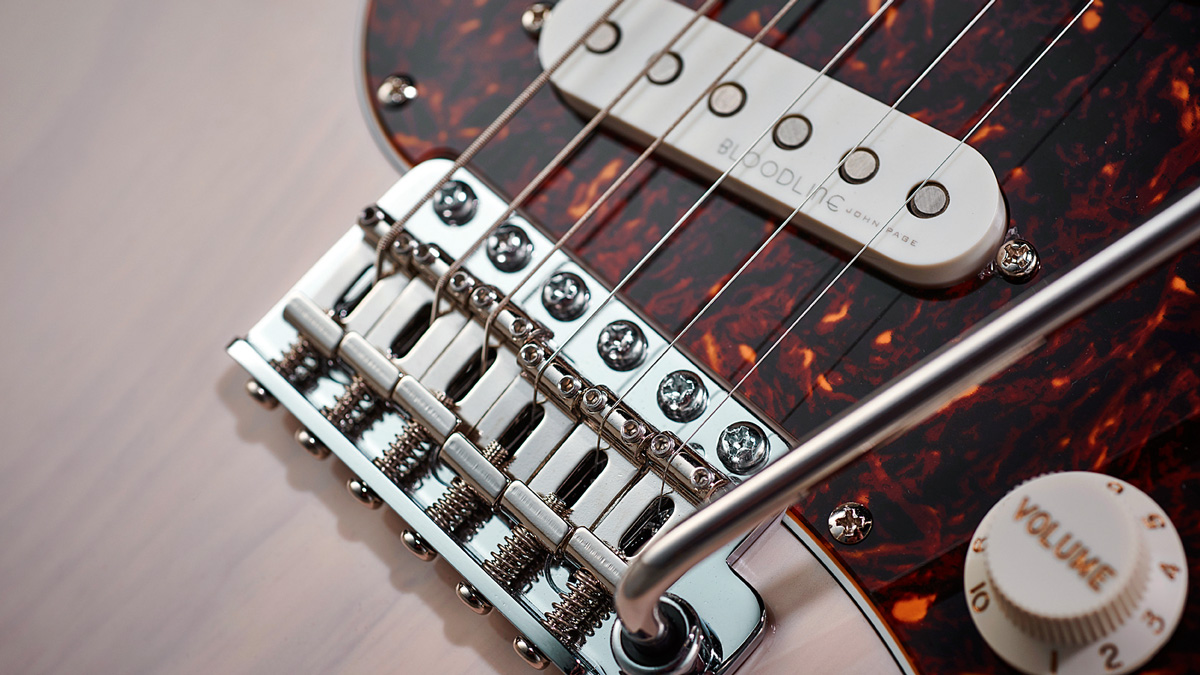MusicRadar Verdict
The Special is aptly named and, for us, has that little extra ‘something’ about it, a rather beautiful modern take on classic vintage tone.
Pros
- +
Vintage appeal.
- +
Decent price.
Cons
- -
Not everyone will get the altered shape and modernist vibe.
MusicRadar's got your back
It’s little surprise that Fender’s classic bolt-on designs are the platform for considerably more than half the new guitars made today.
There are plenty of pretty direct copies, aided by a parts business that seems to be growing yearly, often aged and relic’d to look like vintage pieces: all ‘better’ (so we’re told!) than the originals. What there is much less of, though, are more forward-looking, modern designs that might be based on those originals, but are clearly far from copies. John Page’s Classic range falls nicely into that latter category.
No prizes for guessing where this guitar originates, but no-one is going to think you’re playing a Fender. The now eight-strong range centres on the original Strat-inspired Ashburn, of which we now have six versions, including one left-hander and a limited-edition model, and a pair of AJs. These include the 2017 additions: our Ashburn HSS and Special, while the second AJ comes in a similar Special makeover.

While the pickup specs on the new Specials remain the same as the original Ashburn and AJ, it’s the body wood that’s switched from alder to ash, while the neck - available with either maple (as here) or rosewood fingerboards, like most others in the range - receives a tinted amber finish that gives a slightly more vintage vibe in combination with the subtly see-through Translucent Blonde-only finish.
This model features a body shape that reduces the treble horn and opens out the cutaway a little, but otherwise the geometry is pretty similar to a Strat and, strapped-on, it feels like one, too. The number of subtle tweaks, however, give these Classic guitars their own feel.
First, there’s that biggish, quite full-shouldered neck shape and flatter fingerboard radius. The heel is rounded and the neck bolts to the body, each bolt connecting to a nut inset in the neck.

The Special employs a six-screw version with pressed steel saddles. Both use tapered die-cast blocks and have a push-in-and-screw arm with tension adjustment. Its tuners are vintage style but with no lock, though they do have height-adjustable posts to really dial in the behind-the-nut string angle - which is important, because this guitar does not use any string trees.
The Special uses 250k pots and a .047microfarad tone capacitor. It also ditches the dished output jack plate of the Strat for a thick metal side-mounted plate.
Feel and sounds
The Special sounds a little older than others from this range that we have sampled, although the reverse slant on the bridge avoids that Strat-spike that some of us find hard to dial in. Still, the bridge/middle mix is a little honkier than, for example, the recently-reviewed HSS, which sounds thick and textured with the full humbucker, the split, obviously, sounding thinner and a little more balanced.
The Special’s reverse-slanted bridge pickup works really well for some very textured, rootsier gained sounds that seem everywhere at the moment.
The somewhat choppy sound of the Special seems to benefit with high-end roll-off - only a little, mind - as you pull back the volume. One point to be aware of is that the volume control is placed slightly further away from the bridge pickup than a Strat’s, which, depending on how you use the volume and vibrato, might take some getting used to if you’re a die-hard Strat player.
The things that have already impressed us with John Page’s Classics are reinforced here: extremely dialled-in and gig-ready guitars that are individually voiced in terms of pickups, hardware and controls - and a subtle sonic twist with a different body wood.
Dave Burrluck is one of the world’s most experienced guitar journalists, who started writing back in the '80s for International Musician and Recording World, co-founded The Guitar Magazine and has been the Gear Reviews Editor of Guitarist magazine for the past two decades. Along the way, Dave has been the sole author of The PRS Guitar Book and The Player's Guide to Guitar Maintenance as well as contributing to numerous other books on the electric guitar. Dave is an active gigging and recording musician and still finds time to make, repair and mod guitars, not least for Guitarist’s The Mod Squad.
“Delivers streamlined DAW integration with an excellent hammer action keyboard”: Arturia Keylab 88 Mk3 review
“I have an original 909 – every time I try to use it I feel like I’m ruining it”: House hero Riva Starr on his studio essentials and his love of analogue synths
“A synthesizer that is both easy to use and fun to play whilst maintaining a decent degree of programming depth and flexibility”: PWM Mantis review











